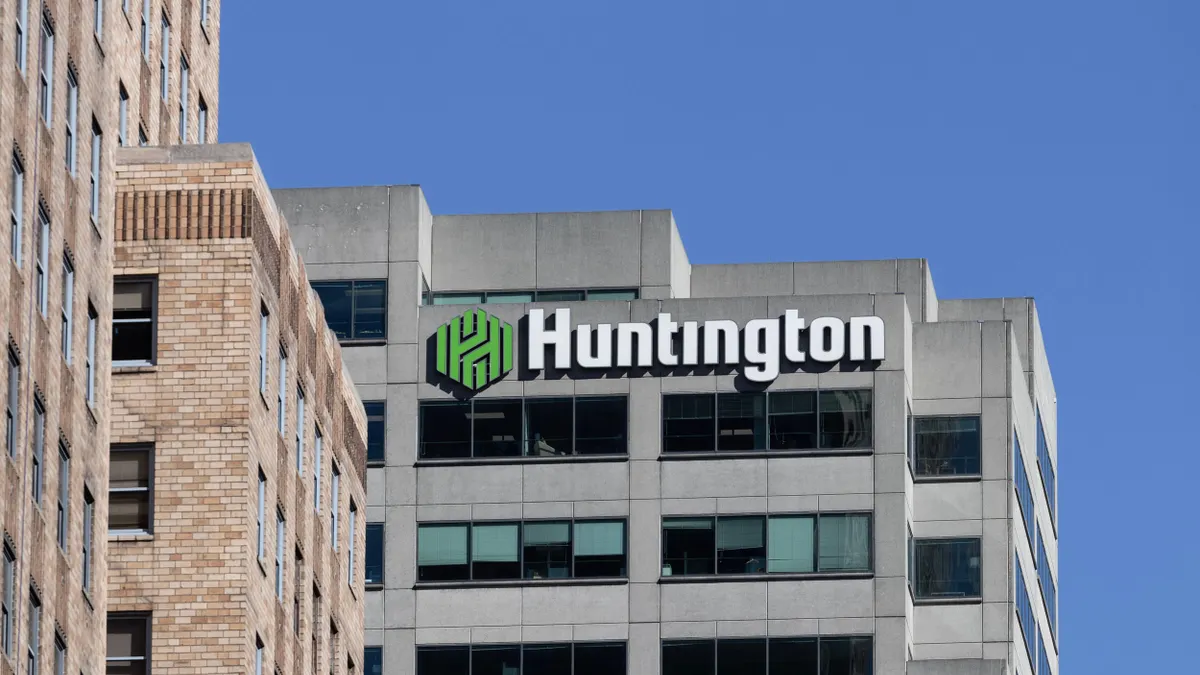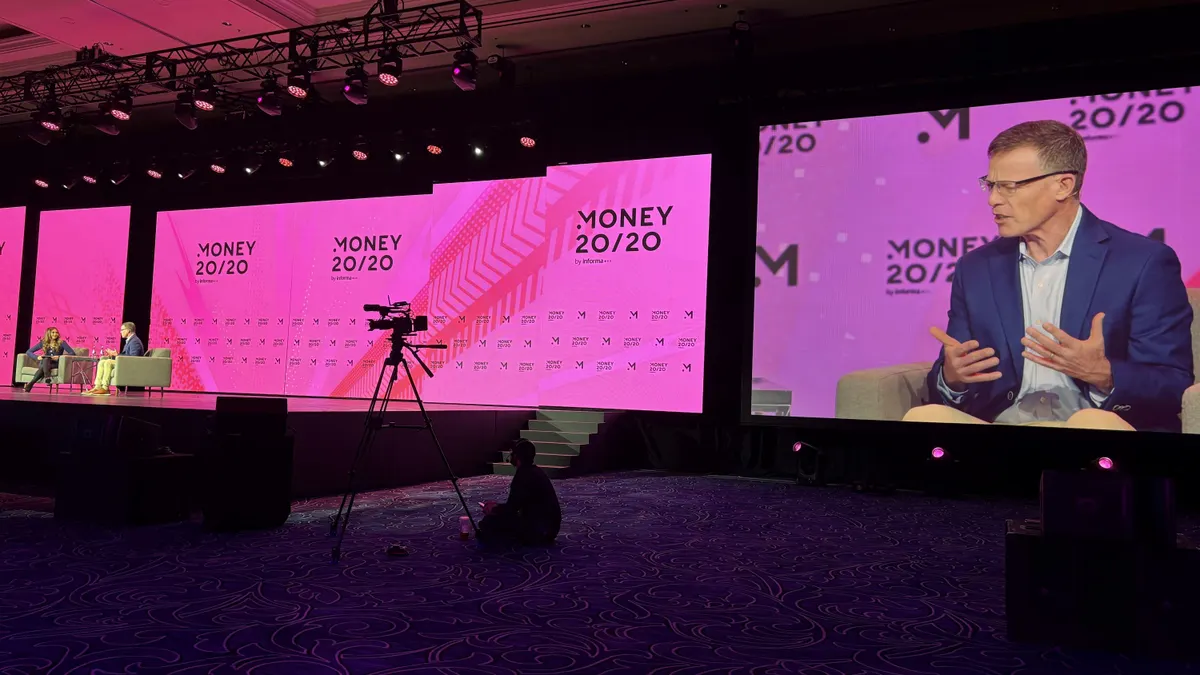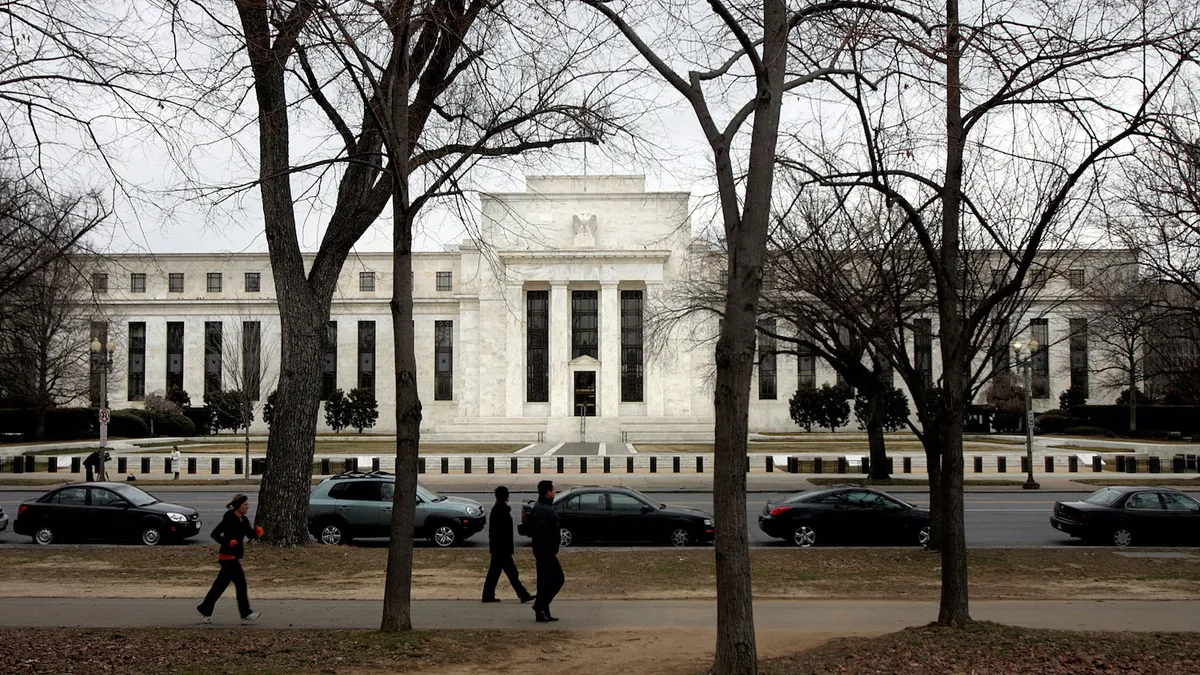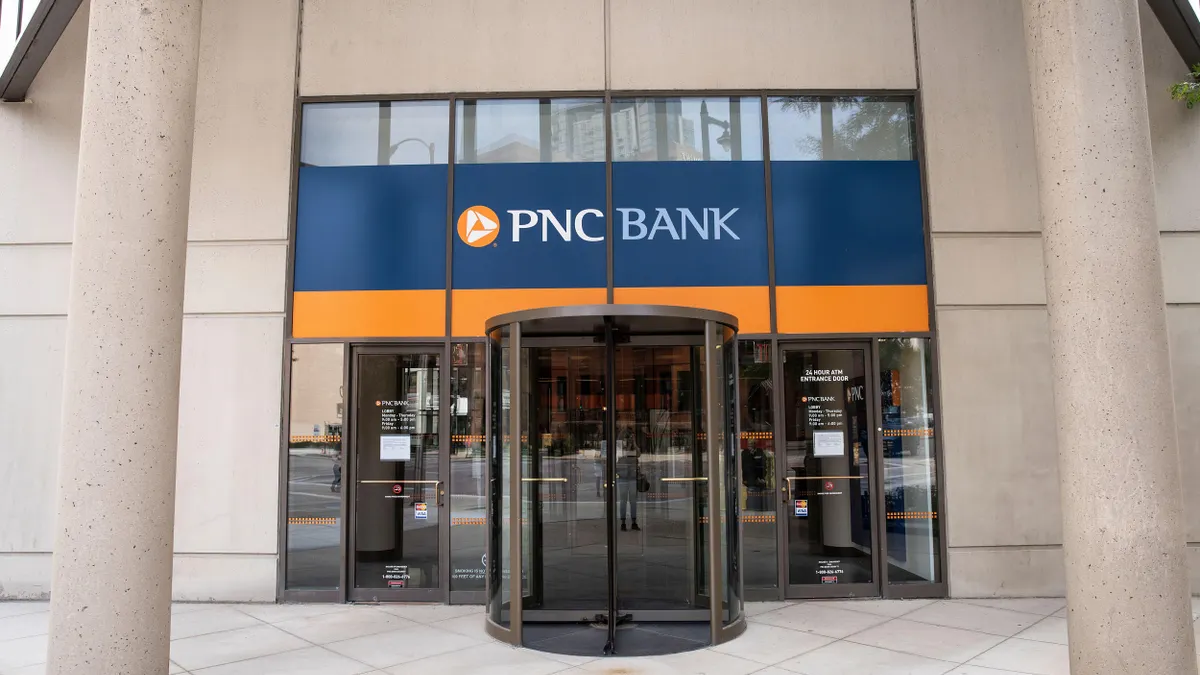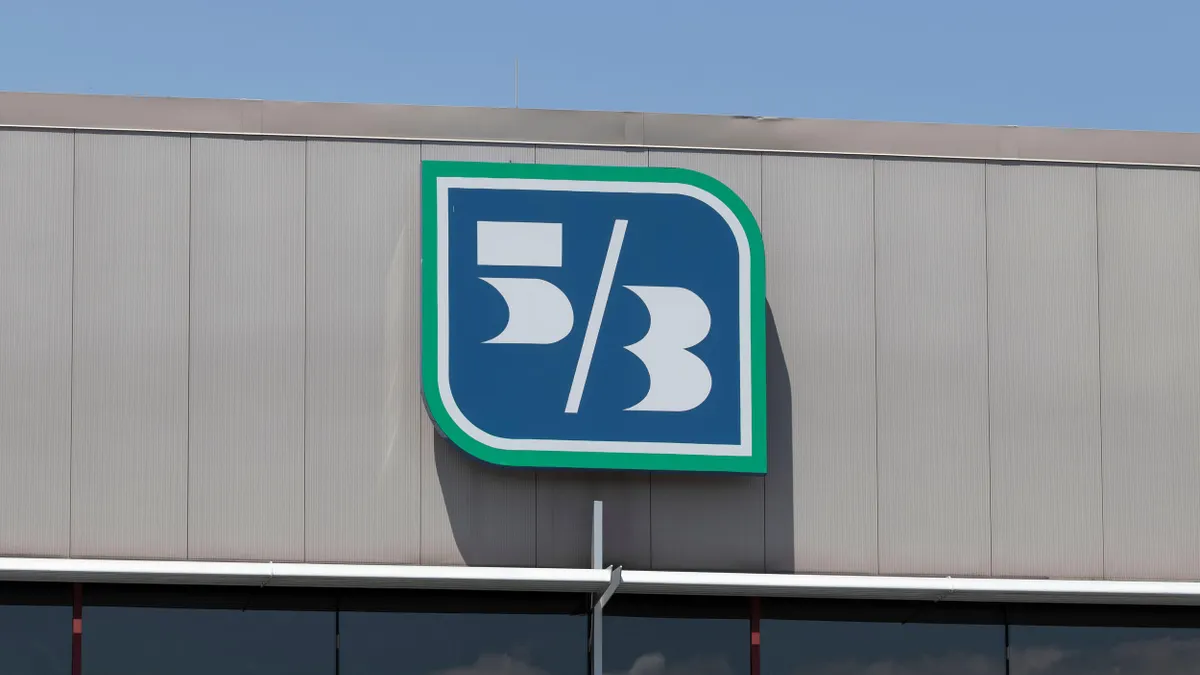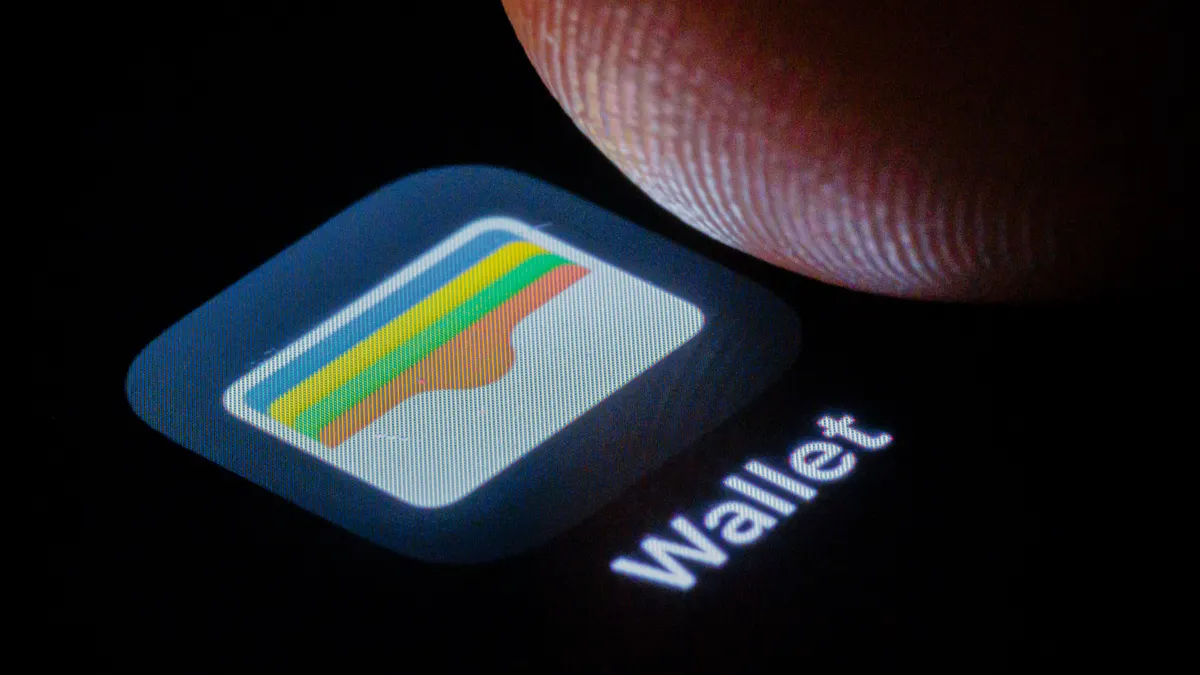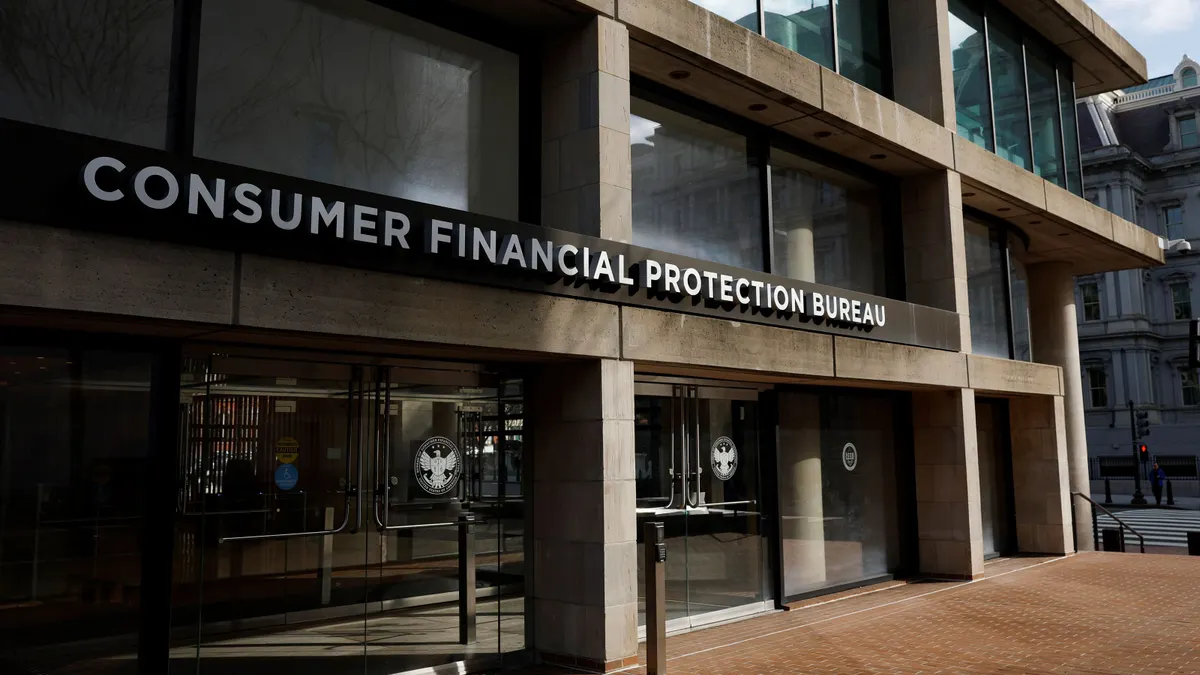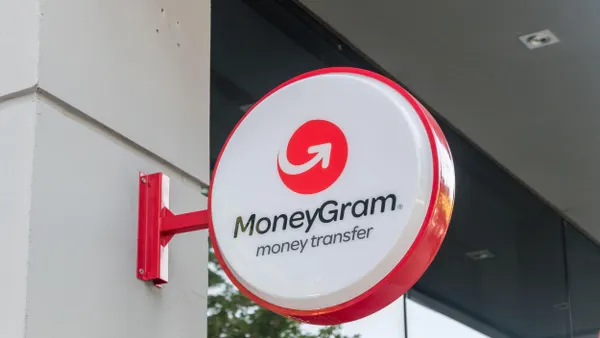With lawmakers wrangling over the future of stimulus payments and unemployment benefits, cash-strapped consumers may be forced to look at credit products to meet upcoming expenses.
Among subprime consumers who make up roughly one-third of the U.S. population, options are limited, with many resorting to high-cost payday loans. In recent months, however, regulators have urged banks to get into the small-dollar lending market to help customers negatively affected by the pandemic.
Despite the push, only a handful of banks offer small-dollar loans. Banks in the space say they can offer them profitably, and they can deepen customer relationships as credit scores improve.
"Our customers definitely have disruptions in their income, and they have unexpected expenses," said Mike Shepard, senior vice president of consumer lending at U.S. Bank, which has been offering small-dollar loans for two years. "There are some that are living on the edge, and a product like Simple Loan absolutely has been viewed as a viable positive option."
Small-dollar loans are typically less than $5,000 and paid in installments. Banks playing in this field fall into two camps: those that offer small-dollar loans directly, like U.S. Bank and KeyBank, and others that offer them in partnership with servicers and subprime lenders.
FinWise Bank falls into the latter category. The Murray, Utah-based lender, which entered this line of business two years ago, suggested small-dollar loans can act as solutions for consumers' unexpected financial challenges.
"We wanted to make certain that products that we offer were products that could help somebody move forward in their credit journey as opposed to keeping them stuck and trapped," said Kent Landvatter, FinWise's CEO.
Fee structure
Banks that offer small-dollar loans generate revenue from fees but, depending on their service model, they pursue different approaches to reach customers.
A U.S. Bank Simple Loan is more expensive than a credit card but cheaper than a payday loan. Customers can borrow up to $1,000 in $100 increments. Clients have three months to pay it back, and for every $100 borrowed, they're charged $12 for automatic payments and $15 if they make manual payments. So, if a customer borrows $400 and selects automatic payments, he or she will pay back $448 in three monthly payments of approximately $149.33 each, which amounts to an annual percentage rate (APR) of 70.65%.
U.S. Bank sets a limit on monthly payments to 5% of a consumer's income as a safety guardrail. Clients accessing the product must be U.S. Bank customers, and they're assessed based on cash flow, income and credit profile details. U.S. Bank said it can offer these loans profitably because of low overhead cost and lower risk associated with offering the product to existing customers.
"This is a fully digital product; there are no people involved in the underwriting of any decisions," Shepard said. "By only offering this to U.S. Bank customers, we have knowledge and insights about the broader relationship that help us make a better decision."
By contrast, small-dollar loans offered by FinWise through partners usually have higher APRs. For example, OppLoans, a servicer that partners with FinWise and Salt Lake City-based First Electronic Bank, can lend customers in Ohio, for example, between $500 and $4,000, with repayment terms that last nine to 18 months. The APR for those loans is 160%, according to the company's website, exceeding the maximum loan amount and highest interest rate that payday lenders are permitted to offer under state laws.
A distinction should be made between small-dollar loans banks offer their own customers and those offered through banks in partnership with servicers and subprime lenders, said Alex Horowitz, senior research officer at Pew Charitable Trusts. The latter arrangement exposes consumers to higher fees and fewer safeguards, he said.
"The loans they're issuing are essentially payday loans," Horowitz said. "Banks have special privileges that payday lenders don't, where they can export the interest rates from their home state — [the loans] are priced high enough that they would be illegal under state law."
Despite the high interest rates, OppLoans counters that products offered through its platform and licensed by partner institutions reach a segment of the market outside of the traditional credit spectrum.
"We work as their outsourced provider and provide access to this segment of the market, which has been historically underserved by traditional players and basically all the large banks," said Jared Kaplan, CEO of OppLoans. "They're not looking at traditional credit scoring; they're looking at alternative data and banking behavior, to measure the ability and the willingness of a consumer to repay."
Additionally, customers can boost their credit scores by making on-time payments, qualifying them for lower-fee products over time, Landvatter said.
A relationship play
Both FinWise and U.S. Bank said they view small-dollar loan products as opportunities to enhance customer relationships. Both institutions, without offering numbers, said demand for the products hasn't increased during the pandemic, in part due to enhanced unemployment benefits and stimulus payments.
"The demand for the product has actually gone down, and it's partly because a combination of consumers are spending less, and there has been an influx of capital into many consumers' checking accounts as a result of actions taken by the government," Shepard said.
FinWise said demand has remained consistent throughout the pandemic, with no increases in delinquencies or charge-offs.
As institutions assess consumers' need for small-dollar credit after economic impact payments end, offering small-dollar loans could help institutions build client trust and encourage them to take up other products over time, analysts said.
"This isn't going to be a huge moneymaker for banks," said Leslie Parrish, senior analyst at Aite Group. "If there's a potential onramp or creation of goodwill, those are going to be the benefits to the bank."
Four regulators — the Federal Reserve, Federal Deposit Insurance Corp. (FDIC), Office of the Comptroller of the Currency (OCC) and National Credit Union Administration (NCUA) — issued principles in May to help guide banks offering small-dollar loans.
Despite that green light, banks haven't come out in full force with product rollouts. Practitioners cite the potential for regulatory changes following the upcoming election, along with questions around how banks can offer these products profitably, as reasons why such an effort hasn't taken hold.
"Even with encouragement and guidance from regulators, banks still have to find a way to make the economics work," Doug Farry, co-founder of Employee Loan Solutions, told American Banker in July.
Fintechs' entry into small-dollar lending also adds competitive pressure, with recent reports of Square testing small-dollar loans offered through its peer-to-peer Cash App. Still, Pew's Horowitz suggested banks and credit unions are positioned to succeed in this market because they don't have acquisition costs, they can underwrite based on customers' deposit activity and history, and they lack significant overhead. He also said there may be a lag — the time it takes banks to test products — between the May guidance and loan products' release on the market.
For its part, U.S. Bank said it expects demand for the product will eventually ramp up to pre-pandemic levels.
"Outside of the last four or five months, demand has been very consistent," Shepard said. "I would fully expect that when we get to whatever this new form of normality looks like, we're going to get back to a pretty consistent volume that we've historically seen."


